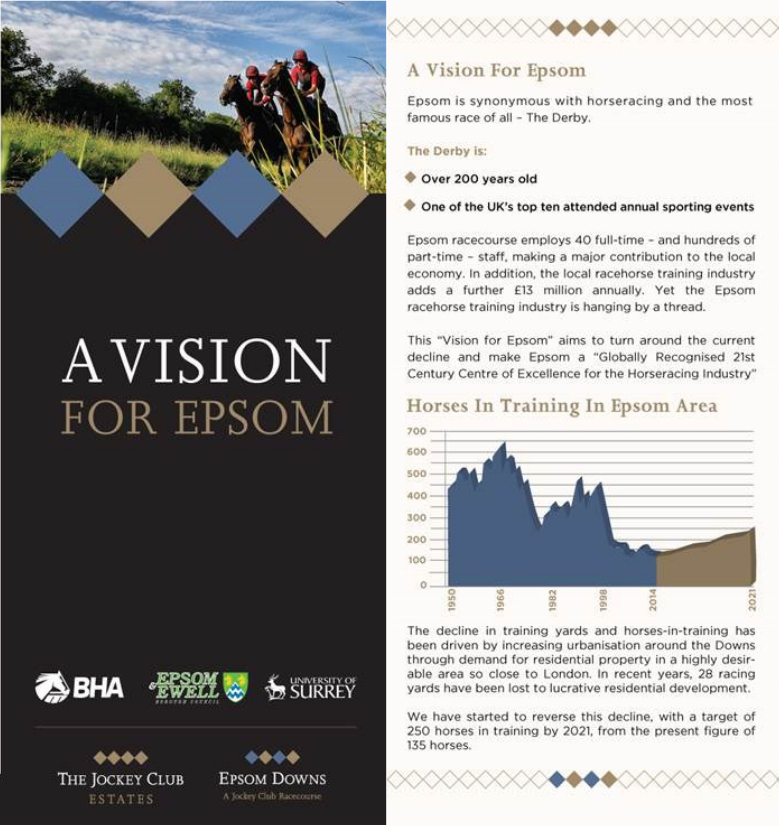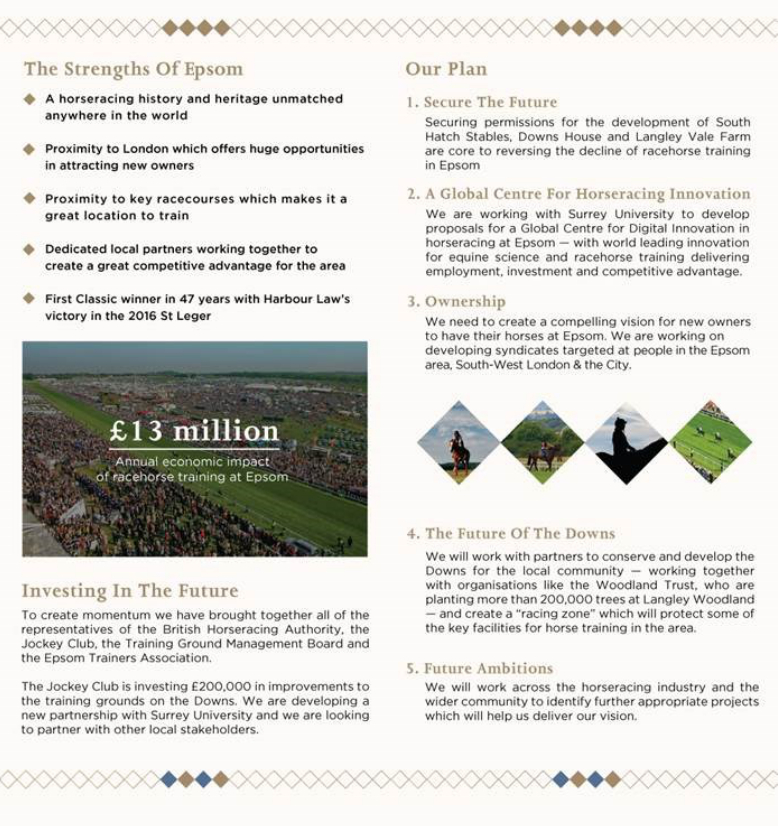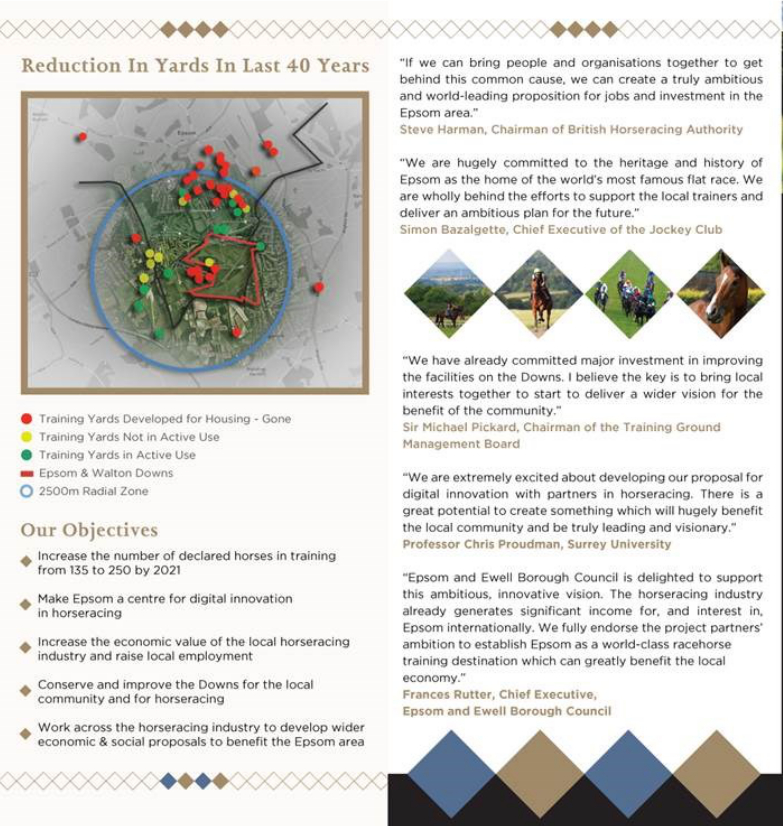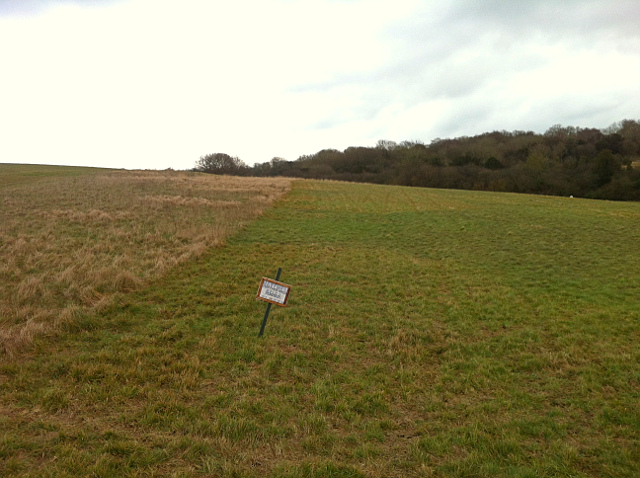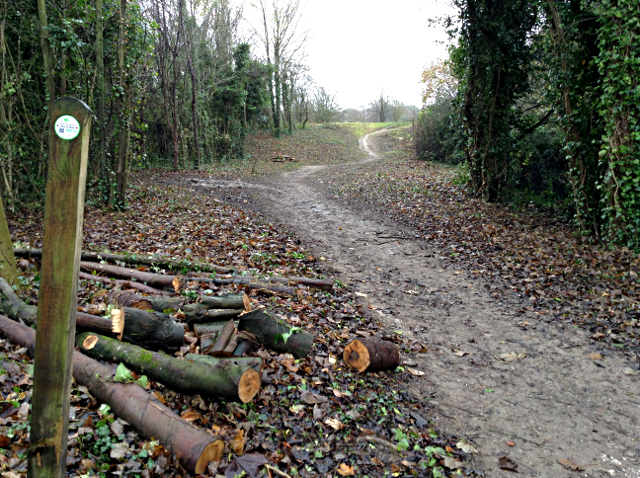Cllr Liz Frost was in the chair of this biannual meeting of the consultative committee.
Hack sand track: officers gave an oral update, to the effect that there was nothing further to report. Officers acting on behalf of the board of conservators had written to the Horse Race Levy Board (HRLB) to confirm that board did not take responsibility for maintenance, but there had been no reply. We asked what was the plan of action? Officers said it was not the board’s responsibility to maintain, and that it was for the HRLB to maintain, as it was on its land, and it had given an undertaking to Parliament to maintain it. It was hoped that there could be a discussion leading to an amicable discussion. The chairman asked that the letter be sent again with delivery confirmed. There was no evidence that responsibility had ever been assigned from the HRLB to the board. We pointed out that there was no incentive on the HRLB to act, and the HRLB needed to feel that it was bound to respond: the board should seek to progress the obligation. We asked what action the board would take to bring the risks of use of the sand track to the attention of hack riders: officers responded that they intended to take no action to warn or protect riders, and officers thought that they could best avoid liability by doing nothing. [Ed: This seems an odd position to take in these supposedly litigious times, which might best be described as ‘burying your head in the sand’.]
Hatched area: the Training Grounds Management Board was said to be re-assessing what could be done with respect to access to the hatched area (a committee had been formed for that purpose). [Ed: The conclusions are awaited with, er, interest.]
Anti-social behaviour: this had been reported at the Mile Post car park, including recklessly dangerous driving, which was a challenge to the downskeepers to address. Police are said to be supportive to tackle the behaviour. Consideration is being given to installing dashboard cameras in downskeepers’ vehicles. It was also suggested that the car park be closed earlier in the shoulders of the summer, when the current closing time is after dusk.
Understaffing of downskeepers’ team: the head downskeeper is off work, and another member of the team will be off work shortly. Some support is being received from the council’s ranger service to cover evening shifts so that there are trained downskeepers in the mornings.
Ashley Road equestrian crossing: new notices have yet to be installed, and installation has been delayed pending a further review of the crossing.
Rubbing House parking: we questioned whether the board supports proposals to increase hard surfacing outside the Rubbing House, and were told it had not been asked to express a view (which seemed surprising). We asked that the consultative committee be consulted on any such proposals in the future. It was expected that the TGMB would review the situation in November.
Derby race meeting: there was general agreement that the clean-up was better this year.
Downs house stables: an application for planning permission for the house is expected first, followed by one for the rest of the site.
Use of hack areas for parking: we pointed out that, traditionally, parking was excluded from the downs by the simple use of barriers across entrances, and these had been left open in recent years. The racecourse said there was a report to the board on parking for the next meeting, although it was unclear whether this would be taken. We criticised the drafting of a report for the board without prior discussion in the committee, despite that subject being on the agenda. Officers said there would be an opportunity to see a proposal before it was taken by the board. [Ed: So some back-peddling there, and a wrong move by the racecourse.]
Afternoon hack ride on Six Mile Hill: we pointed out that the ride had been left in poor condition after works to upgrade the Polytrack, and this would be visited during the downs tour later in the week. [Ed: it was indeed visited, and in a sorry state. Works are promised over the winter to widen the ride, and allow the worst affected part to recover.]
Access to Lonsdale enclosure: we reminded the racecourse that the tacit agreement was to allow access through the Lonsdale enclosure while fencing was in place, on non-race days. The racecourse agreed that the fence should be dismantled outside race days, and this had not happened. The racecourse would welcome advice of any shortcoming. We asked the racecourse to consider installing a lockable gate, to make it easier to regulate access.
Signposting of hatched area: the sign advising of closure of the hatched area has been replaced.
Missing marker posts along valley hack ride below Rubbing House: these will be replaced this winter.
Parking in Derby Stables Road: we asked whether the board could support measures to regulate parking in Derby Stables Road, as it was not otherwise possible to control the display of vehicles for sale. It was agreed that the board would consider this.
Rifle Butts Alley: we asked whether there were plans for further scrub clearance at the top of Rifle Butts Alley, to build on work done the previous winter, but acknowledged that staff shortages might make that impossible this winter. It was hoped to take action during the winter.
Access for horse riders: we addressed a general concern that the extent of areas available to horse riders were gradually being whittled away (such as the sand track, the hatched area, the scrubbed up areas), and what was being done to replace these when they were out of action? Point made.
Signs for dog walkers: it was explained that signs were being torn down. It was proposed to replace them with laminated signs which were cheap to replace. Signs were being amended to require dogs on leads on Sundays only until 0930.

